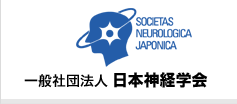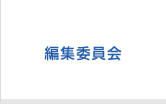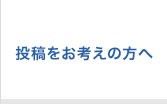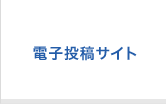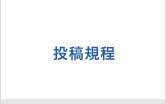<シンポジウム(2)―6―2>パーキンソン病のDBS治療における神経内科医の役割
DBSの適応について(神経内科の立場から)
山田 人志
横浜神経内科クリニック〔〒232―0066 神奈川県横浜市南区六ッ川1―211―1〕
Deep brain stimulation of subthalamic nucleus (STN-DBS) is currently the most common therapeutic surgical treatment for patients with Parkinson's disease (PD) who have failed medical management. The percentage improvement in Unified Parkinson's disease Rating Scale (UPDRS) part II (activities of daily living) and III (motor) scores was more than 50%. Furthermore, levodopa-induced dyskinesias are dramatically improved because STN stimulation permits an approximately 50% reduction in antiparkinsonian treatment. How should we decide an appropriate candidate for DBS? It seems that there is a little difference about indication of DBS between neurosurgeons and neurologists. Since the efficacy of DBS is the improvement in dopaminergic drug-sensitive motor symptoms, we offer surgery to patients only when medical therapy has failed; ① severe motor fluctuations, ② severe dyskinesia, ③ tremor uncontrollable by medications, ④ painful dystonia, ⑤ side-effect for medication (drug-induced psychosis, nausea, vomitting). Taking account of contraindications is important to get successful outcome of the surgery. Dementia, cognitive deficits and psychosis (not drug-induced) are not improved by DBS. When patients are not able to see experienced doctors who manage in programming and dealing with postoperative problems, they are not appropriate candidates. Though benefit to mobility is evident, a risk-benefit assessment should to be made for each patient.
Full Text of this Article in Japanese PDF (169K)
(臨床神経, 52:1098−1099, 2012)
key words:パーキンソン病,神経内科医,脳深部刺激療法,適応
(受付日:2012年5月24日)
